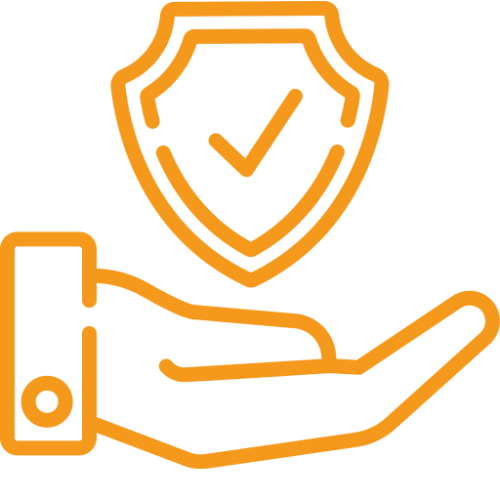The cost of penetration testing can vary widely depending on several factors such as the scope of the test, the size of the organization, the complexity of the systems being tested, and the expertise of the testing team. Generally, prices can range from as low as $1,000 to over $100,000. For most organizations, the average cost tends to be between $10,000 and $35,000. It’s important to consider that while upfront costs may seem significant, the investment in a penetration test can be invaluable in protecting against potential security breaches.










































